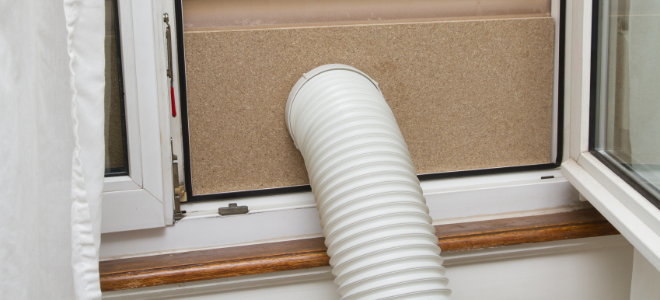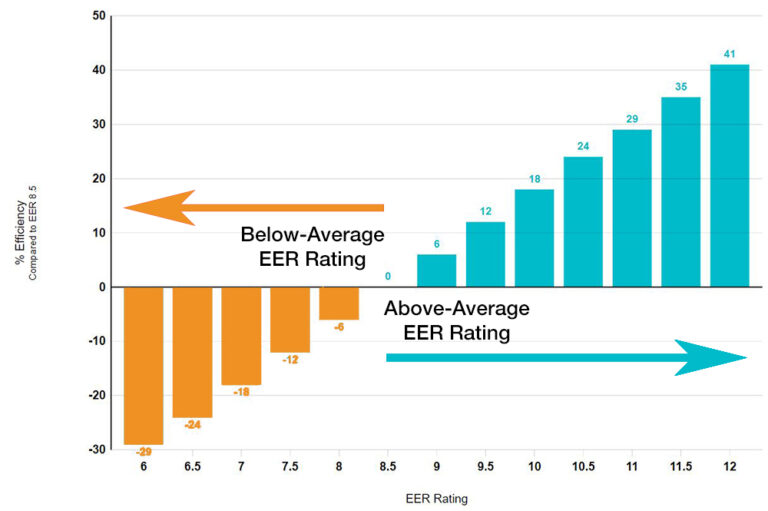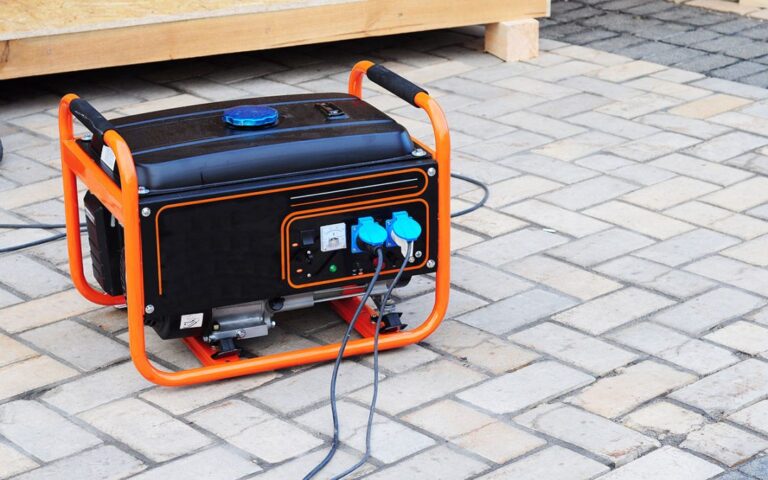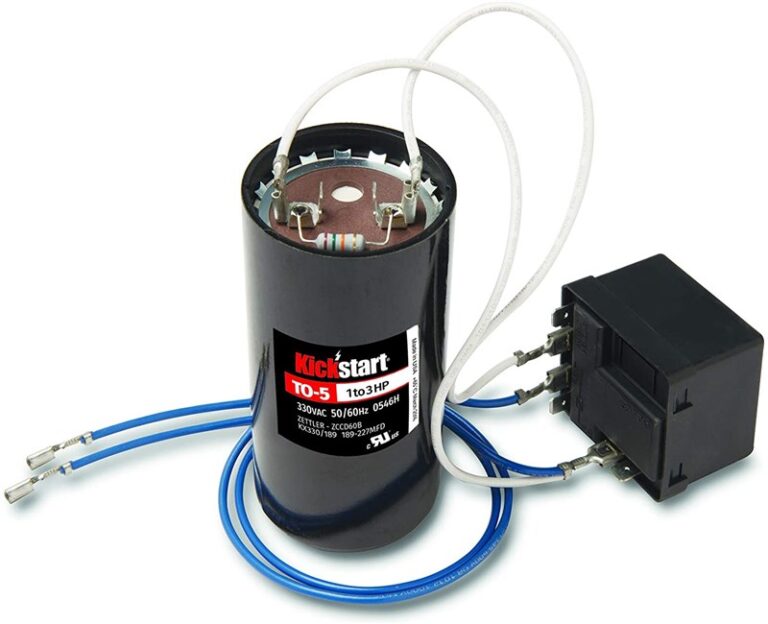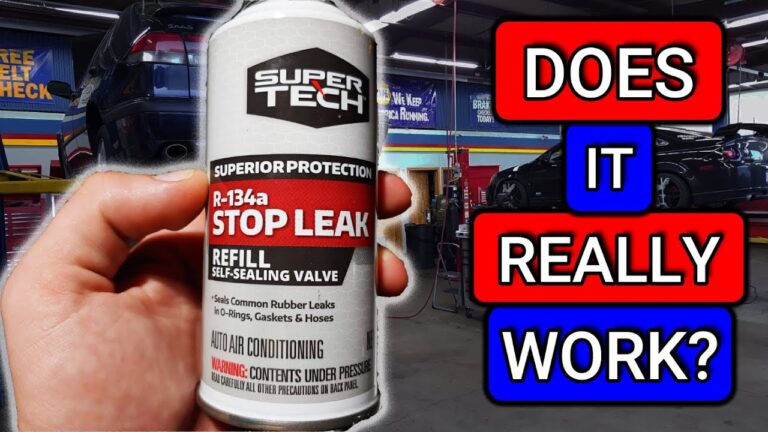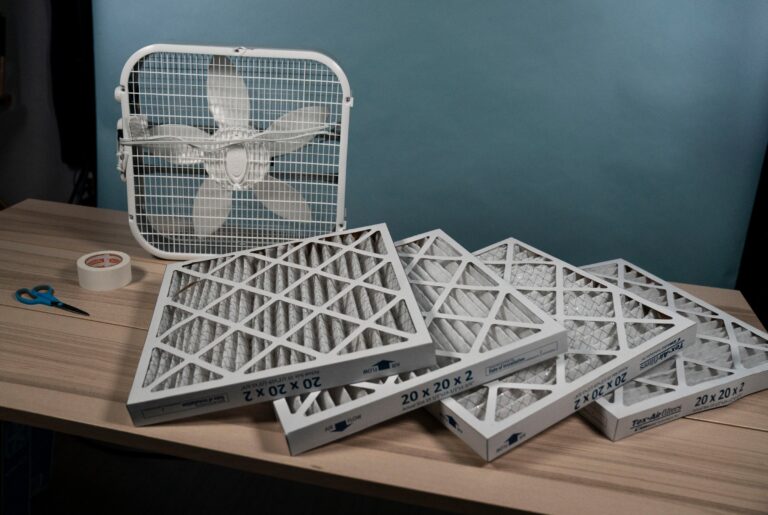Can You Vent A Portable Air Conditioner Into A Bucket? Find Out Now!
No, you cannot vent a portable air conditioner into a bucket. The unit requires proper ventilation to expel hot air.
Portable air conditioners need an exhaust system to release hot air outside. Vents ensure efficient cooling by removing warm air from the room. Improper ventilation, like venting into a bucket, can lead to overheating and reduced performance. Proper installation usually involves venting through a window or a sliding door.
This setup maximizes efficiency and maintains the unit’s lifespan. Ensuring correct ventilation helps in achieving optimal cooling and energy efficiency. Always follow the manufacturer’s guidelines for the best results. Proper care and setup are essential for maintaining a comfortable indoor environment.
Introduction To Portable Ac Venting
Portable air conditioners are great for cooling specific rooms. But they produce heat that needs to be vented. This guide helps you understand how to vent a portable AC properly.
Why Venting Is Necessary
Venting removes hot air from the room. Without venting, the room won’t cool down. The portable AC will keep running but won’t be effective. This is why venting is crucial.
Common Venting Methods
There are several ways to vent a portable AC:
- Window Venting: This is the most common method. It uses a window kit that comes with the AC.
- Wall Venting: This involves cutting a hole in the wall for the exhaust hose.
- Through-the-Door Venting: An option if you don’t want to modify your walls.
| Method | Pros | Cons |
|---|---|---|
| Window Venting | Easy to install | Requires a suitable window |
| Wall Venting | Permanent solution | Involves drilling |
| Through-the-Door Venting | No wall modifications | May require a custom door kit |
The Bucket Method Explained
Can you vent a portable air conditioner into a bucket? Yes, you can! This method is simple and effective. It helps to keep your room cool without complicated setups. Let’s dive into the details of the bucket method.
How It Works
The bucket method involves using a bucket to collect hot air. This air comes from the portable air conditioner. The process is straightforward:
- Connect the exhaust hose to the air conditioner.
- Place the other end of the hose into a bucket.
- The bucket will trap the hot air and some moisture.
This method works best in small rooms. It can help in reducing heat quickly.
Materials Needed
To use the bucket method, you will need the following materials:
- Portable air conditioner
- Exhaust hose
- Bucket (5-gallon size is ideal)
- Duct tape (optional for sealing)
These items are easy to find and inexpensive. You can set up this method in just a few minutes.
Here is a table summarizing the materials:
| Item | Description |
|---|---|
| Portable air conditioner | The main unit for cooling |
| Exhaust hose | Connects the air conditioner to the bucket |
| Bucket | Collects the hot air and moisture |
| Duct tape | Optional for sealing the hose |
With these materials, you can set up the bucket method quickly.
Pros And Cons Of Bucket Venting
Venting a portable air conditioner into a bucket has its own set of advantages and disadvantages. Understanding these pros and cons can help you decide if this method is suitable for your cooling needs. Let’s explore them below.
Advantages
- Easy Setup: Setting up a bucket venting system is simple. You don’t need special tools.
- Portable Solution: Moving the bucket is easy. This makes it a flexible option.
- No Wall Drilling: You avoid drilling holes in walls. This is perfect for renters.
- Cost-Effective: Buckets are cheap. This makes it an affordable solution.
Disadvantages
- Limited Efficiency: Bucket venting can be less efficient. It may not cool as well as traditional venting.
- Frequent Emptying: The bucket fills with water. You have to empty it often.
- Space Usage: Buckets take up floor space. This can be an issue in small rooms.
- Potential for Spills: Spills can occur if the bucket tips over. This can cause a mess.
Credit: www.quora.com
Step-by-step Guide
Vent a portable air conditioner into a bucket? It’s easy with this guide. Follow these steps for a simple and effective setup. Ensure your space stays cool without a window vent.
Preparation Steps
Before starting, gather all necessary materials.
- Portable air conditioner
- Bucket
- Vent hose
- Duct tape
- Scissors
- Drill (optional)
Clear the area where you’ll place the bucket. Ensure the bucket is clean and free of debris. Check the vent hose for any damages or blockages.
Installation Process
- Attach the vent hose: Connect the hose to the air conditioner’s exhaust port. Secure it with duct tape to ensure it stays in place.
- Prepare the bucket: If needed, use the drill to create a hole in the bucket’s lid. This hole should fit the vent hose snugly.
- Insert the hose: Place the vent hose into the bucket’s hole. Ensure it reaches the bottom of the bucket but doesn’t touch the base.
- Seal the connection: Use duct tape to seal any gaps around the hose and bucket lid. This prevents air from escaping.
- Position the bucket: Place the bucket in a suitable location. Ensure it’s stable and won’t tip over.
- Turn on the air conditioner: Power on your unit and check the setup. Ensure air flows smoothly through the hose into the bucket.
Your portable air conditioner is now vented into the bucket! Enjoy a cooler space without the need for a window vent.
Maintenance Tips
Keeping your portable air conditioner in good shape is important. Regular maintenance can extend its life. Here, we offer some maintenance tips to ensure your unit runs smoothly. Maintaining the bucket and checking for leaks are key steps.
Cleaning The Bucket
Cleaning the bucket is easy and keeps the air clean. Follow these steps:
- Turn off the air conditioner and unplug it.
- Remove the bucket carefully.
- Empty any water inside the bucket.
- Wash the bucket with warm, soapy water.
- Rinse the bucket well and let it dry.
Make sure the bucket is dry before putting it back. Clean the bucket every two weeks for best results.
Checking For Leaks
Checking for leaks ensures your unit works well. Leaks can cause damage. Here’s how to check:
- Inspect the hose and connections for any signs of wear.
- Look at the bucket area for water stains or drips.
- Test the unit after cleaning to ensure there are no leaks.
If you find a leak, fix it right away. Replace any worn-out parts if needed.
| Maintenance Task | Frequency |
|---|---|
| Clean the bucket | Every two weeks |
| Check for leaks | Once a month |
Following these tips will keep your air conditioner running well. Regular maintenance saves money and stress.

Credit: m.youtube.com
Safety Considerations
Ventilating a portable air conditioner into a bucket can seem convenient. However, it is essential to consider safety aspects. Proper ventilation ensures the unit functions correctly and safely.
Potential Hazards
Improper ventilation can lead to several potential hazards. Here are some of the most significant risks:
- Overheating: The air conditioner may overheat without proper ventilation.
- Mold Growth: Excess moisture can cause mold in the bucket.
- Electrical Issues: Water and electricity do not mix well.
These hazards can damage the unit or pose health risks.
Precautionary Measures
To avoid these hazards, follow these precautionary measures:
- Use a Proper Vent: Always use a vent hose directed outside.
- Check for Leaks: Ensure there are no leaks from the bucket.
- Regular Maintenance: Clean the unit and bucket regularly.
- Monitor Temperature: Keep an eye on the temperature of the unit.
By following these steps, you can ensure safe operation.
Alternative Venting Solutions
Are you tired of the usual methods of venting your portable air conditioner? Sometimes, finding the right venting solution can be tricky. Here, we explore alternative ways to vent your unit efficiently.
Window Kit
A window kit is a popular option for venting portable air conditioners. It is simple to install and works effectively. Here’s how it helps:
- Easy installation: Most window kits come with clear instructions.
- Cost-effective: They are affordable and available in many stores.
- Adjustable: Kits can be adjusted to fit various window sizes.
| Pros | Cons |
|---|---|
| Quick to set up | Blocks window use |
| Low cost | Limited to window types |
Through-the-wall Venting
Through-the-wall venting is another effective method. This involves creating a hole in the wall for venting. Here’s why it works:
- Permanent solution: No need to move the venting system.
- Aesthetically pleasing: It doesn’t block any windows.
- Efficient: Provides a direct path for hot air to escape.
| Pros | Cons |
|---|---|
| Permanent and sturdy | Requires professional installation |
| Does not block windows | Costlier than window kits |

Credit: www.reddit.com
Frequently Asked Questions
What Happens If You Don’t Vent A Portable Air Conditioner Outside?
If you don’t vent a portable air conditioner outside, it won’t cool effectively. Hot air will recirculate, reducing efficiency.
How Do You Use A Portable Air Conditioner Without A Vent?
Use a ventless portable air conditioner, which uses water or ice to cool air. Place it near a window.
Can Portable Ac Units Be Used Without A Window?
Yes, portable AC units can be used without a window. Use a venting kit to redirect the exhaust through a wall, ceiling, or sliding door.
Conclusion
Venting a portable air conditioner into a bucket is not recommended. It can cause excess humidity and water damage. Proper ventilation ensures efficient cooling and a longer lifespan for your unit. Always follow manufacturer guidelines for the best results. Ensure safe and effective operation by venting through a window or designated vent kit.

